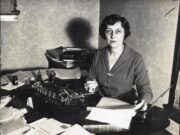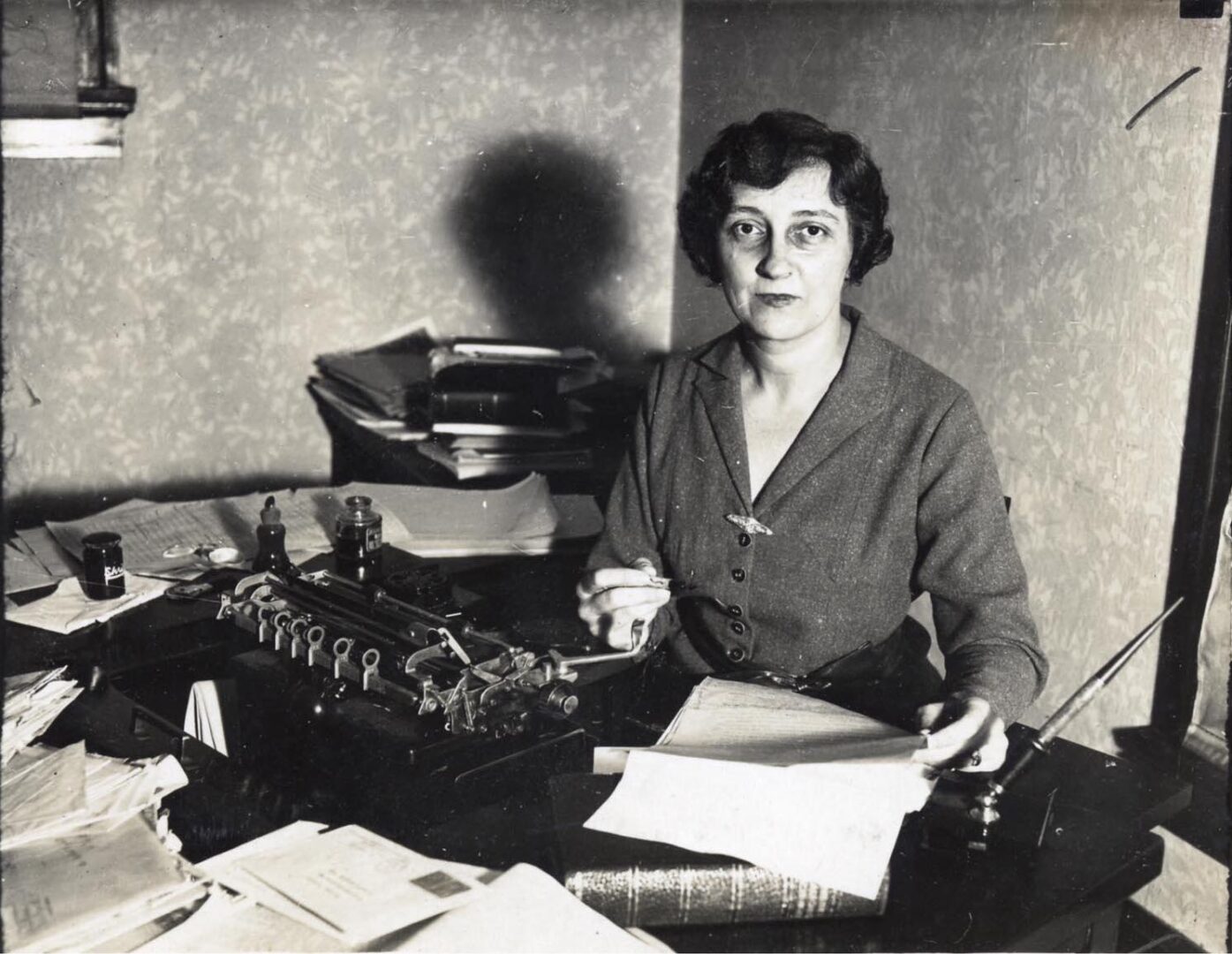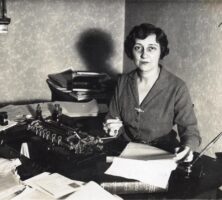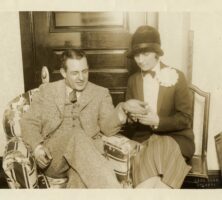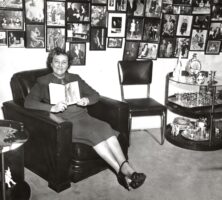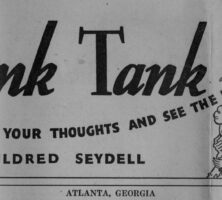Mildred Seydell broke the gender barrier and was one of the first women to work as a newspaper journalist in Georgia. She was a nationally syndicated columnist and book author, a strong advocate for women’s rights, and the founder of her own publishing company and quarterly journal.
Mildred Rutherford Woolley was born in Atlanta on March 21, 1889, to Bessie Rutherford and Little Berry Vasser Woolley, a lawyer and businessman, and was named for her great aunt, Mildred Lewis Rutherford. She was educated at the Lucy Cobb Institute in Athens and later at the Sorbonne in Paris, France. She married Paul Seydel, a Belgian scientist, in 1910. They had two sons, Paul and John. Her husband died in 1944, and she married his brother, Max, in 1947. They resided in Belgium for twenty years before returning to Atlanta in 1967.
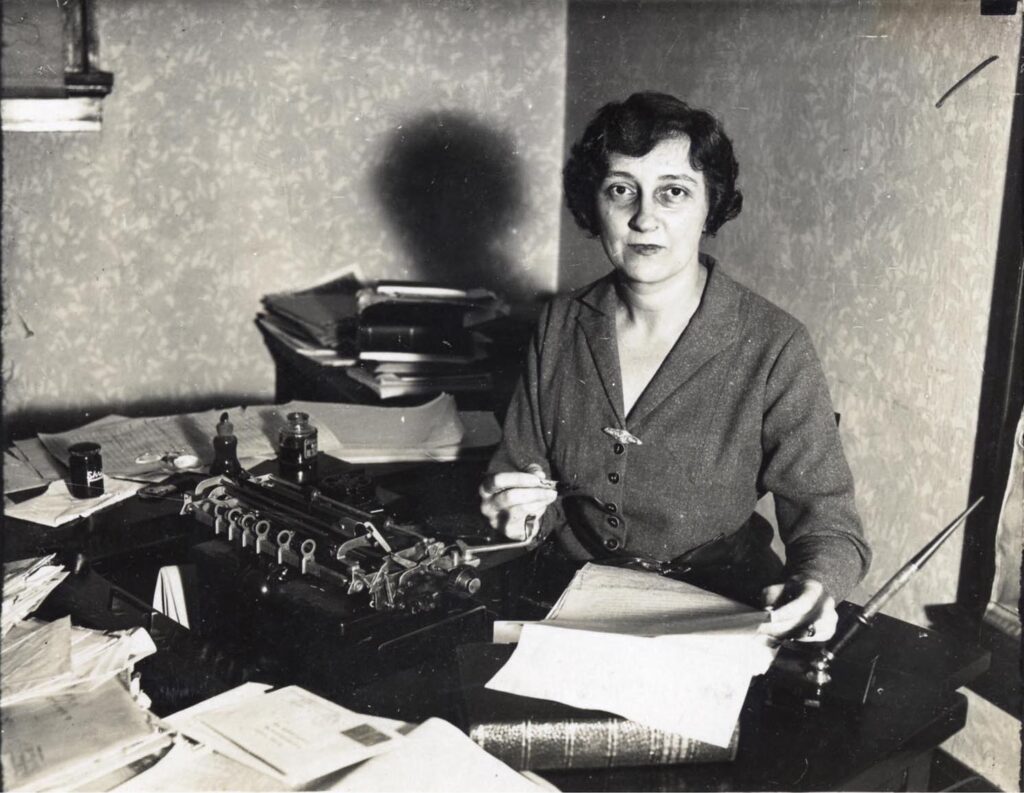
Seydell, who added an extra “l” to her surname and kept it as a pen name, began writing as a community correspondent in 1921 for the Charleston Gazette in West Virginia. In 1924 she “invaded” the male-dominated world of newspapers in Georgia when she landed a job writing for the society page of the Atlanta Georgian, part of William Randolph Hearst’s vast chain of newspapers.
Confronted with barriers that discouraged prominence in the newspaper field, women journalists often orchestrated elaborate stunts to overcome these obstacles. Seydell used a palm-reading ruse to gain notice and a devoted readership, claiming to divulge local celebrities’ “characters” through an examination of their hands. Her subjects included U.S. vice president Charles G. Dawes, filmmaker Cecil B. DeMille, and circus gorilla John Daniel II.
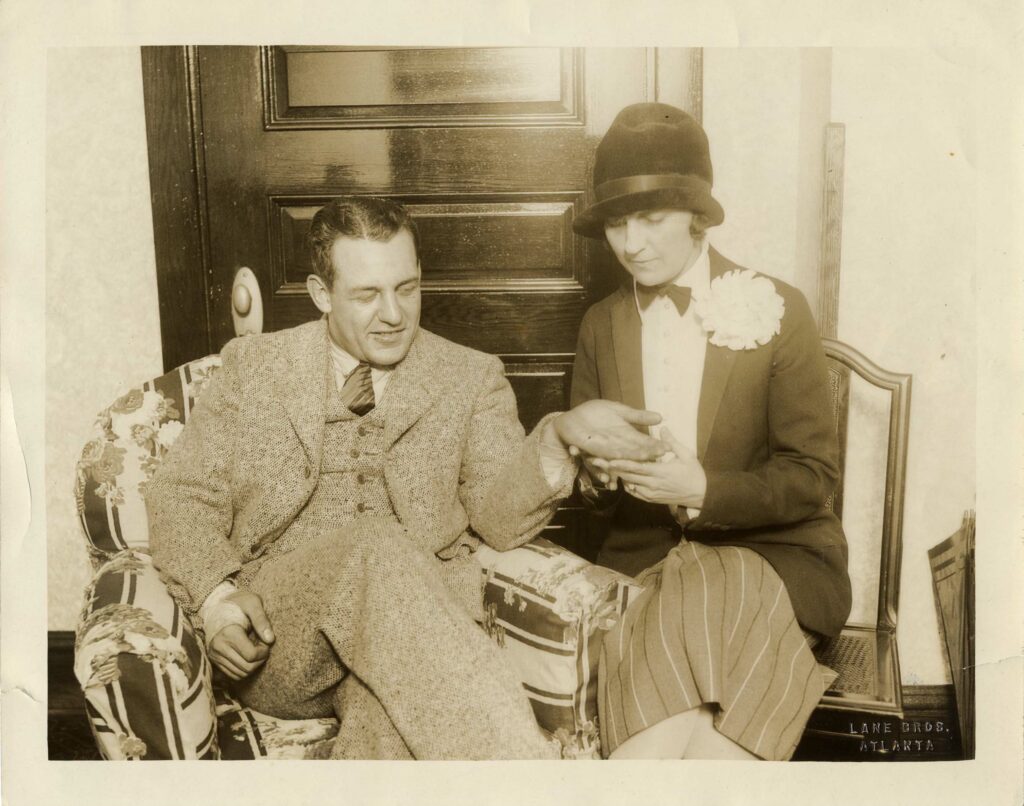
In 1925 Seydell, who had never covered a major news story, attended the Scopes trial in Dayton, Tennessee, as the Georgian’s correspondent and performed her palm-reading “stunt.” Her articles on the trial were nationally syndicated, and even though the assignment was more of a gimmick than a legitimate news story, she emerged as a prominent Georgia journalist.
Seydell made four annual trips abroad thereafter. During a trip in 1926, she interviewed Benito Mussolini, the prime minister of Italy, for Hearst’s newspapers. Her overseas reporting led to another syndicated series of articles, “Talks with Celebrities,” in which she interviewed many famous Hollywood stars of the era. Her first advice column “What Would You Do?” was published from 1926 to 1931. When she renamed the column “All in a Day” and switched from an advice format to one of personal anecdotes and opinions, she emerged as a prominent advocate of women’s rights.
During the 1930s, Seydell also began what was to be a lifelong association with the National Woman’s Party and its postsuffrage struggle for equal rights, serving as Atlanta chair in 1931, Georgia chair in 1932, and associate editor of Equal Rights magazine, a National Woman’s Party publication, in 1935.
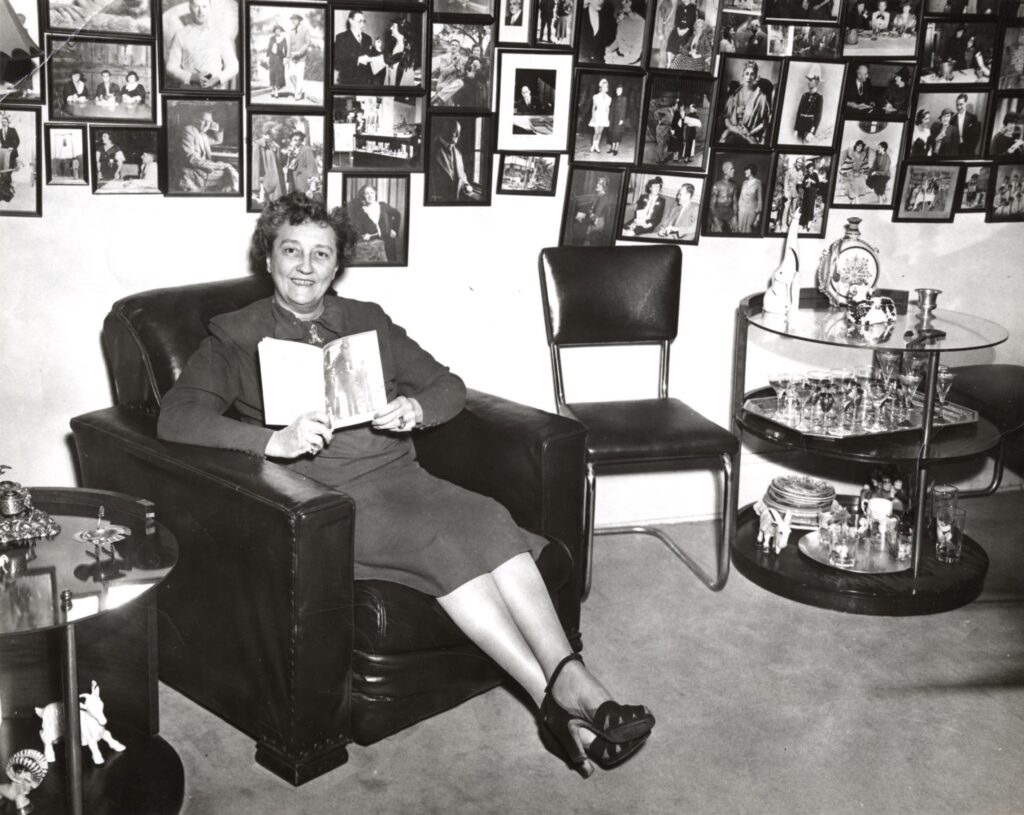
In the 1930s Seydell published two books, Secret Fathers (1930) and Chins Up! (1939). The novel Secret Fathers is the story of a young woman’s decision to bear a child out of wedlock. Chins Up! is a collection of positive “daily spiritual vitamins” first published as her columns in the Georgian. The two books helped strengthen Seydell’s national reputation and in turn enabled her to survive Hearst’s 1939 sale of the Georgian to (and its subsequent closing by) James M. Cox, founder of the media empire that became Cox Enterprises. (Cox also purchased the Atlanta Journal at the same time.) In 1940 Seydell founded the Seydell Syndicate and The Think Tank newsletter, which featured current events, book reviews, and poetry, until 1947. The following year, after a move to Belgium with her second husband, she established the Mildred Seydell Publishing Company and the Seydell Quarterly, a journal of essays and poetry. She continued to write and publish in the journal for nearly twenty years, exploiting her position as a popular columnist to communicate what she felt were essential messages of the women’s cause.
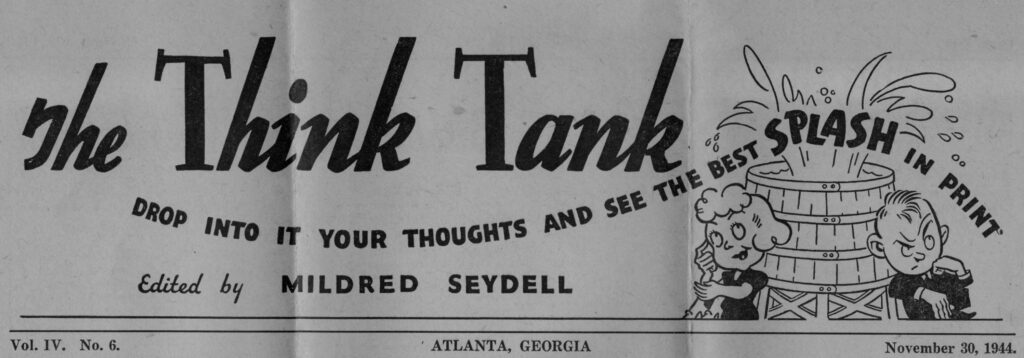
Seydell died on February 20, 1988, in Roswell, at age ninety-eight. Her papers are housed in the Stuart A. Rose Manuscript, Archives, and Rare Book Library at Emory University in Atlanta.


